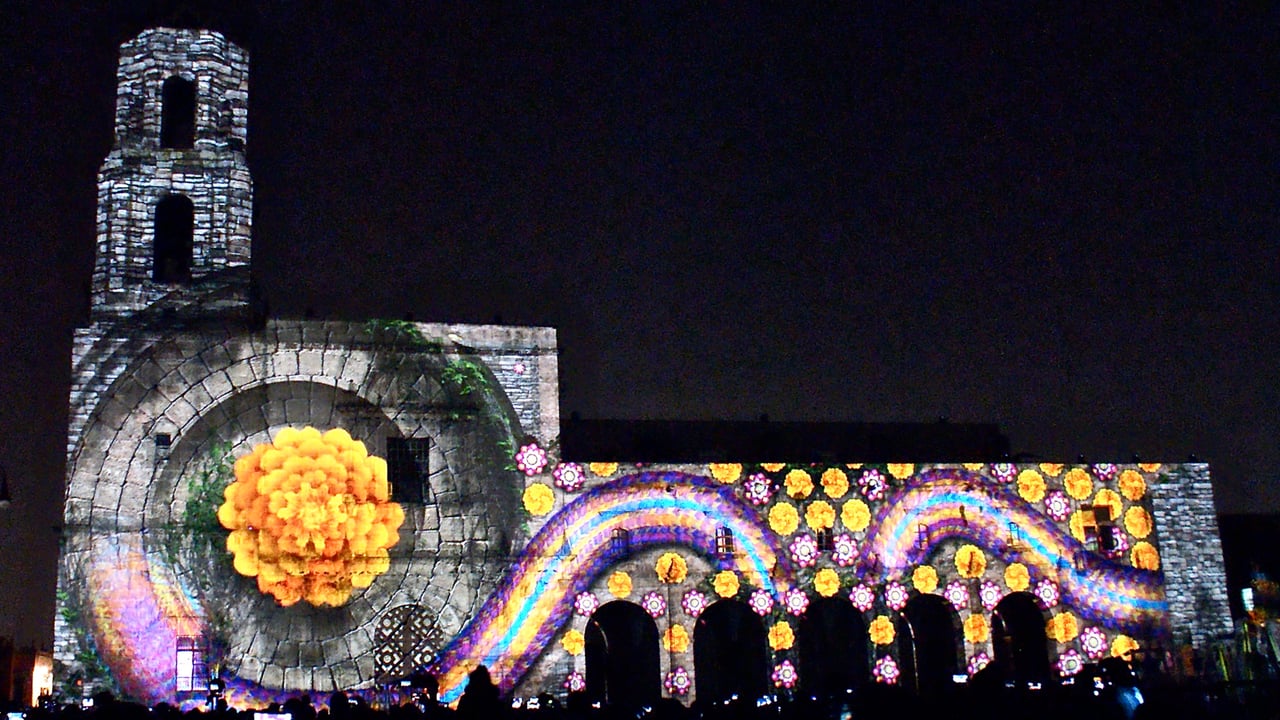Related post
Name: Nima Rezai. Hybridizing art, genres, technologies
Jan 20, 2015
|
Comments Off on Name: Nima Rezai. Hybridizing art, genres, technologies
2939
Constructive Interference – Hypersonic & Plebian Design
Jan 18, 2017
|
Comments Off on Constructive Interference – Hypersonic & Plebian Design
3305
An Ancient Water Reservoir in Malta Gets a Stunning Immersive Installation
Apr 26, 2017
|
Comments Off on An Ancient Water Reservoir in Malta Gets a Stunning Immersive Installation
2334







